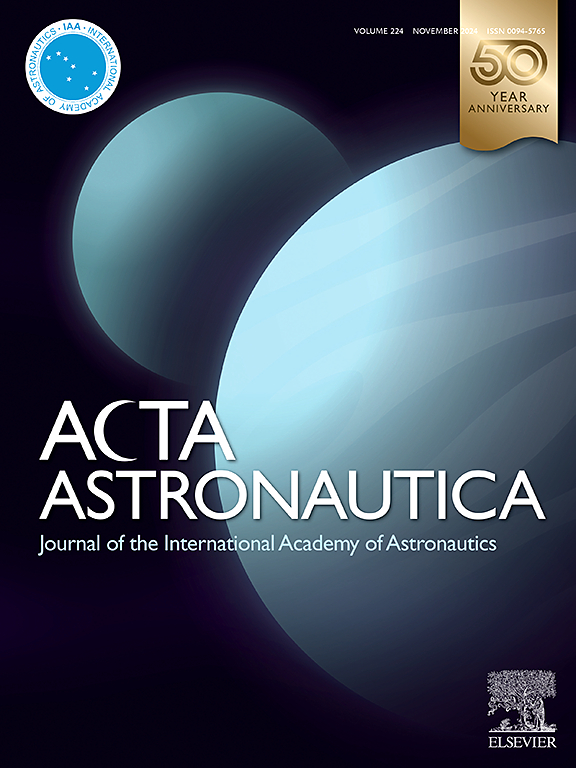超音速湍流燃烧深度学习框架
IF 3.1
2区 物理与天体物理
Q1 ENGINEERING, AEROSPACE
引用次数: 0
摘要
高超音速湍流燃烧的快速模拟是高超音速飞行器科学研究和工程应用的重要需求。本文提出了一种深度学习框架,用于快速预测高超声速飞行器燃烧器内的非稳态湍流燃烧流场。该框架基于卷积神经网络和递归神经网络,提取流场的空间分布特征和时间演化规则。通过为不同通道数据分配损失权重,我们增强了传统的均方误差损失函数。我们对具有不同几何结构的扰流喷气式燃烧器模型进行了数值模拟,生成了用于训练的数据集,并使用部分未训练的案例来验证其有效性。结果表明,所提出的模型在不同几何结构下都能达到很高的计算精度,预测结果与真实值之间的相关系数高于 0.99。考虑到异构系统间数据传输的时间成本,该模型仅需 30 秒即可完成计算,与计算流体动力学相比,至少加快了两个数量级。未来,它可应用于高超音速飞行器性能的快速预测,并有效指导飞行器的优化设计。本文章由计算机程序翻译,如有差异,请以英文原文为准。
A deep learning framework for supersonic turbulent combustion
The rapid simulation of supersonic turbulent combustion is a significant demand in scientific research and engineering applications for hypersonic vehicles. This paper proposes a deep learning framework for fast predicting unsteady turbulent combustion flow fields within the combustor of hypersonic vehicles. Based on convolutional neural networks and recurrent neural networks, this framework extracts spatial distribution characteristics of the flow fields and temporal evolution rules. And we enhance the traditional mean square error loss function by assigning loss weights to different channel data. Numerical simulations are conducted on the model scramjet combustor with various geometric structures to generate the dataset for training, and part of the untrained cases are used to verify the effectiveness. The results show that the proposed model, under different geometric structures, achieves high computational accuracy, with a correlation coefficient between the predicted results and the true values above 0.99. Considering the time cost of data transferring between heterogeneous systems, the model takes only 30 s to complete the calculation, representing an acceleration of at least two orders of magnitude compared to computational fluid dynamics. In the future, it can be applied to the rapid prediction of hypersonic vehicle performance and efficiently guide the optimal design of aircraft.
求助全文
通过发布文献求助,成功后即可免费获取论文全文。
去求助
来源期刊

Acta Astronautica
工程技术-工程:宇航
CiteScore
7.20
自引率
22.90%
发文量
599
审稿时长
53 days
期刊介绍:
Acta Astronautica is sponsored by the International Academy of Astronautics. Content is based on original contributions in all fields of basic, engineering, life and social space sciences and of space technology related to:
The peaceful scientific exploration of space,
Its exploitation for human welfare and progress,
Conception, design, development and operation of space-borne and Earth-based systems,
In addition to regular issues, the journal publishes selected proceedings of the annual International Astronautical Congress (IAC), transactions of the IAA and special issues on topics of current interest, such as microgravity, space station technology, geostationary orbits, and space economics. Other subject areas include satellite technology, space transportation and communications, space energy, power and propulsion, astrodynamics, extraterrestrial intelligence and Earth observations.
 求助内容:
求助内容: 应助结果提醒方式:
应助结果提醒方式:


